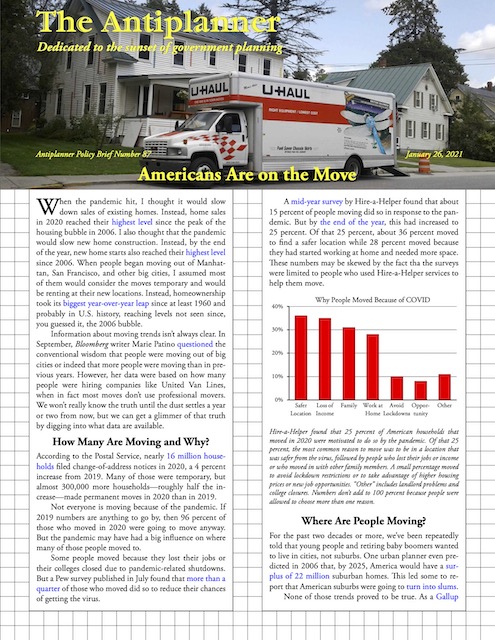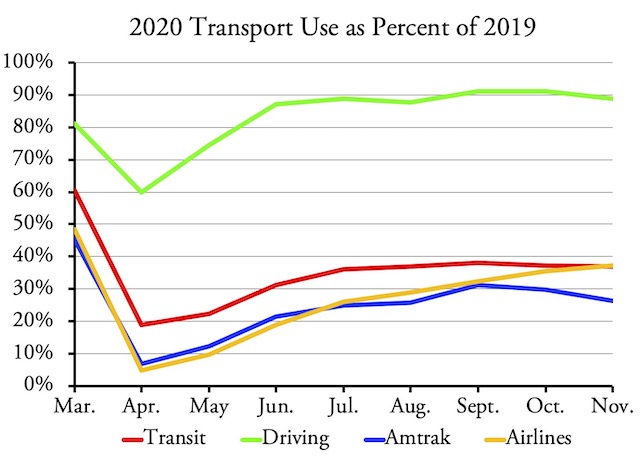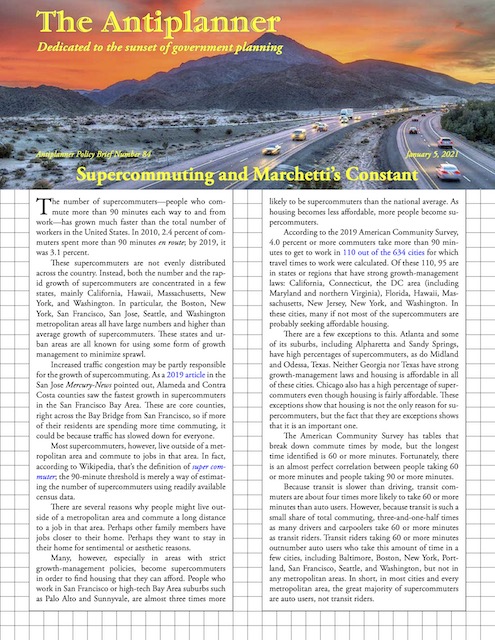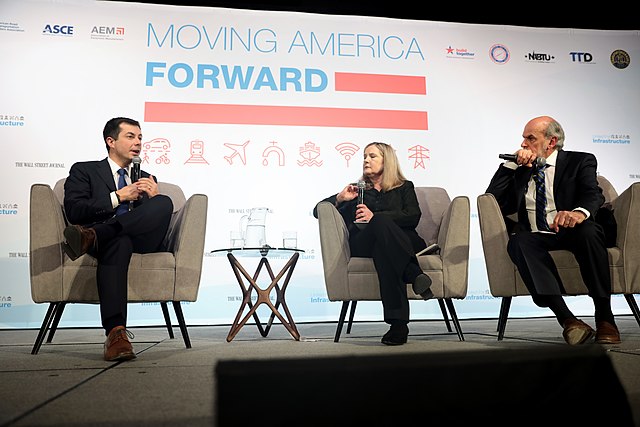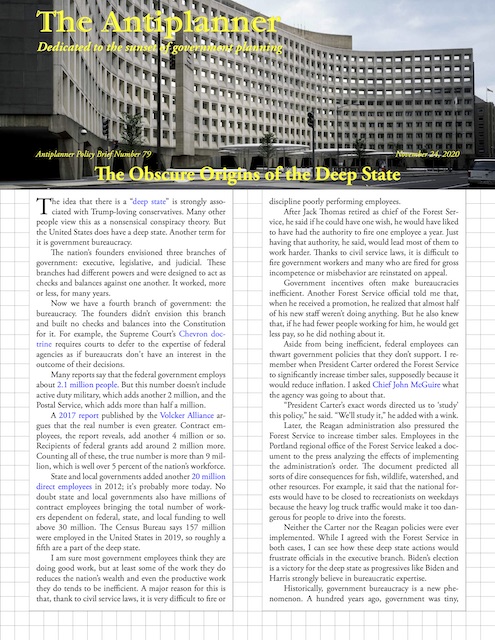The Bay Area Rapid Transit District (BART) has seen ridership fall in every year since 2015. The district was originally created to bring office workers from the suburbs into downtown San Francisco, yet downtown is now a ghost town with some of the highest vacancy rates in its history and actual occupancy rates — that is, offices that are actually being used — are probably below 20 percent. BART’s latest ridership numbers themselves are less than 15 percent of 2019 levels. Many of San Francisco’s high-tech employers have already announced that they will allow many of their employees to continue to work from home after the pandemic.
What better time is there for BART to announce its proposal to significantly expand its service? Called Link 21, the heart of the proposal is to build a second tube under the bay connecting San Francisco with Oakland costing a mere $30 billion. Continue reading

